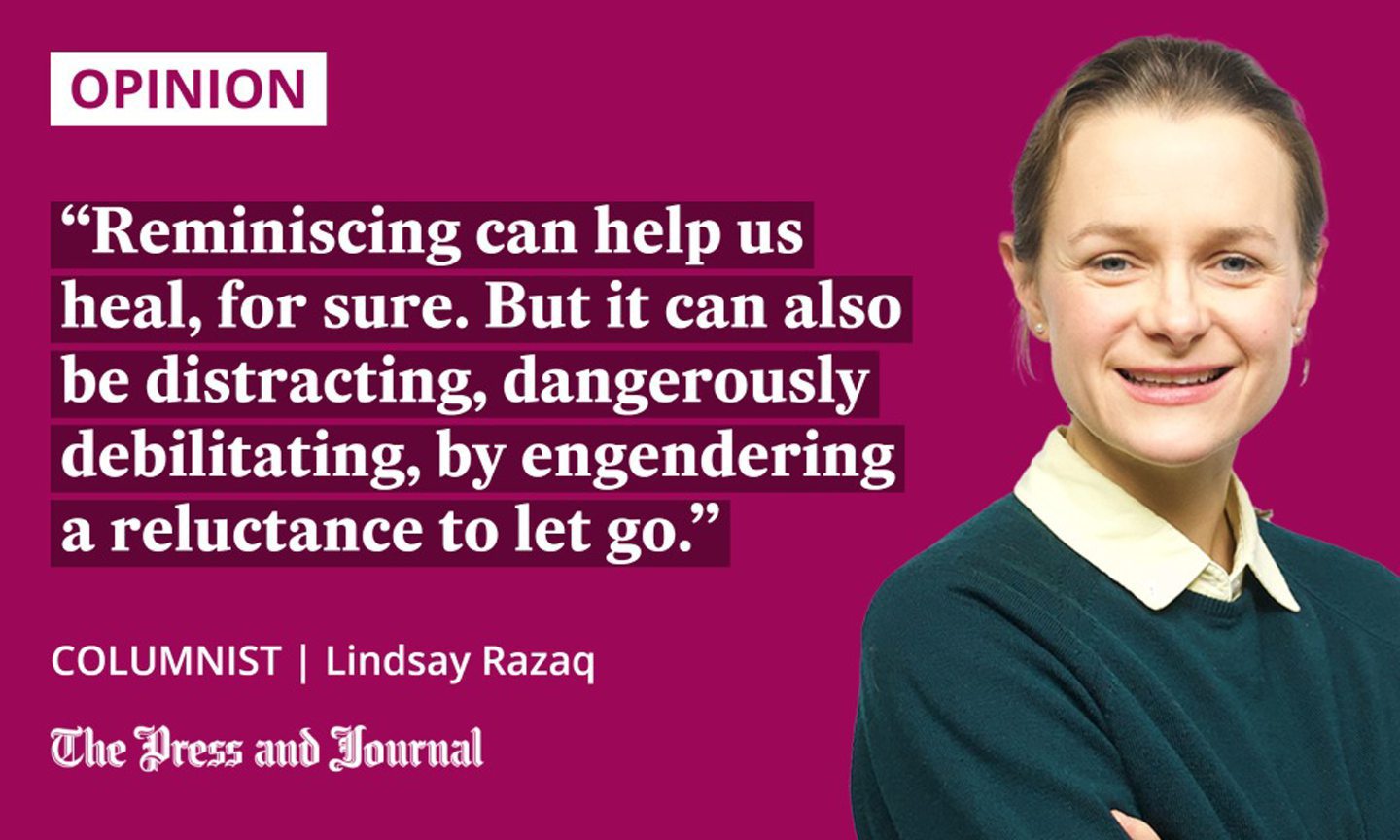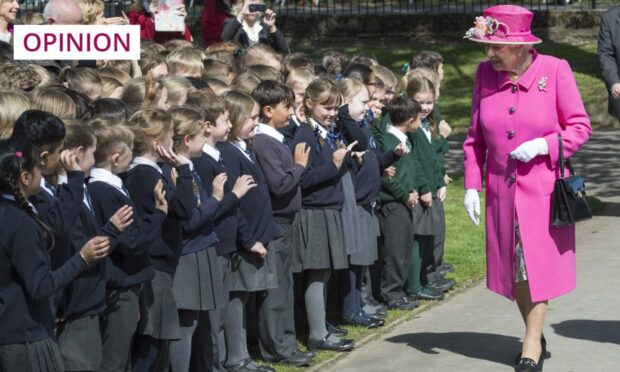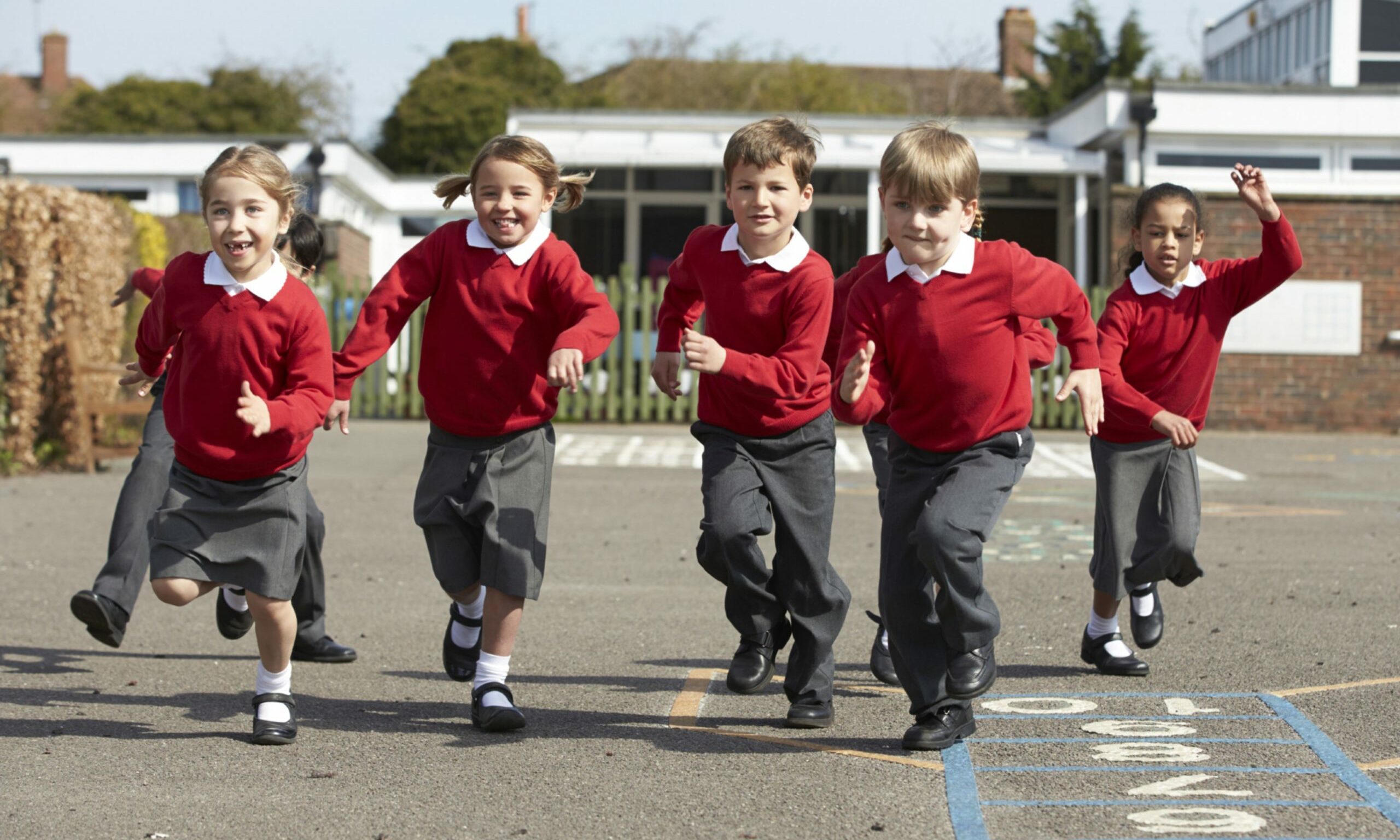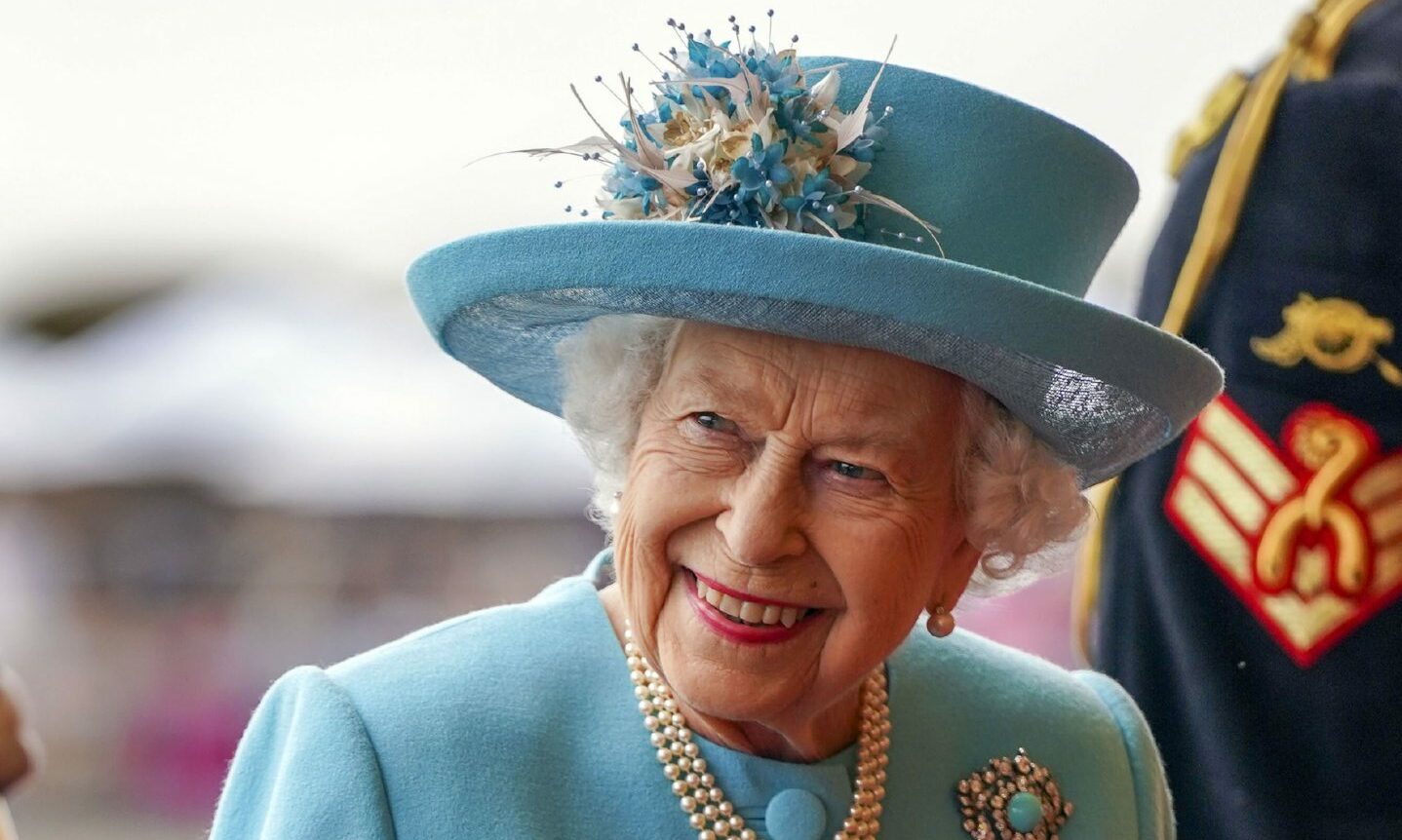One of my friends shared a brilliant tweet from a parenting blog this week.
It offered “thoughts and prayers” to families with children starting school “about to be radicalised into a class WhatsApp group for the first time”. After a matter of days – I can confirm that never a truer word was spoken.
The countdown to the beginning of term was peppered with questions about timetables, uniform and book bags.

Do the kids need to bring their own stationery? Don’t forget to take in a pair of named wellies! Can we choose their school dinners in advance?
We even got a whole-class invite to a birthday party before a single Clarks-clad foot had crossed the threshold, followed immediately by a cacophony of high-pitched pings as the RSVPs flooded in.
I’ll inevitably tire of the constant stream of messages before long, but there’s no doubt that, as a means of communication, it’s far more useful than crumpled letters languishing in rucksacks, destined never to be read.
And I needn’t panic about anything ever again, because there’ll always be another mum or dad fretting over the exact same detail, just one message away.
First and last days
Hopefully, you’ll forgive my unchecked sarcasm.
Starting school was, in all sincerity, a momentous step for our four-year-old, Maya, who thankfully made it into the classroom without any major mishaps, clean, on time – and able to name the new prime minister, who by chance was also embarking on her first day.
So excited was she to get through the door (Maya, that is), that I had to summon her back for a goodbye kiss, leaving the melodramatic soul in me feeling somewhat redundant. How did Boris Johnson put it? “Like one of those booster rockets that has fulfilled its function…”
I was grateful for her enthusiasm, however, as it kept my tears at bay, at least until her little brother weepily declared: “I want Maya”, as she disappeared from view. Even Kamran, at two, sensed the finality of it, and who could blame him?
It was a huge milestone for the entire family – indeed the end of an era, as I had originally thought to describe the moment, obviously before the announcement of Queen Elizabeth II’s death, which I felt I couldn’t now not touch upon given my chosen topic of new beginnings.
Clearly, her passing truly does constitute the end of an era – marking the conclusion of the second Elizabethan age, the sole period many of us have known.
Britain’s longest-serving monarch, hers was an extraordinary reign, characterised – rightly or wrongly – by an unwavering and deep-rooted commitment to duty above all else, to the extent that, even in her final days, she was determined to receive the outgoing prime minister and appoint the new one.
It is, of course, only proper, therefore, that we now take time to pay our respects, to commemorate the Queen’s long life of service, and allow people a beat to come to terms with their grief. Because endings of any kind are hard, whether it be the loss of a loved one, or, as in my case this week, watching the child who used to be your baby taking their first independent strides into the wider world.
But, as we do, there are certain things we must keep in mind.
Celebrate the past but keep moving forward
Firstly, we mustn’t forget that the late Queen’s life, notwithstanding the well-documented challenges and controversies, was “well-lived”, as the new King himself has already noted.
She reached an incredible age, celebrated her platinum jubilee, survived Covid, had the strength to perform her responsibilities until the last, was a grandmother and great-grandmother several times over – and died in her beloved Scotland, with family around her.
Yearning for bygone days can mean missing out on opportunities to move forward
We must remember, too, that – although conquering sorrow is rarely easy – for our former sovereign, the show always went on. Just think back to those haunting images from Prince Philip’s funeral last year.
She understood better than most that we have no choice but to carry on. That’s the brutal yet beautiful nature of life – we are forever changing, and time marches on regardless.
And, finally – and for me this is the most important – in our sadness, as we look back over her reign, we must guard against wallowing in excessive nostalgia, a trait I think, as a nation, we are prone to, myself included.
Reminiscing can help us heal, for sure. But it can also be distracting, dangerously debilitating, by engendering a reluctance to let go or – worse still – a stubborn insistence on sticking blindly to the old ways.
Yearning for bygone days can mean missing out on opportunities to move forward.
I hope that, as we pause to acknowledge the magnitude of this turn of events, we can do so with our eyes firmly fixed towards the future and our hearts open to progress.
Lindsay Razaq is a journalist and former P&J Westminster political correspondent who now combines freelance writing with being a mum




Conversation